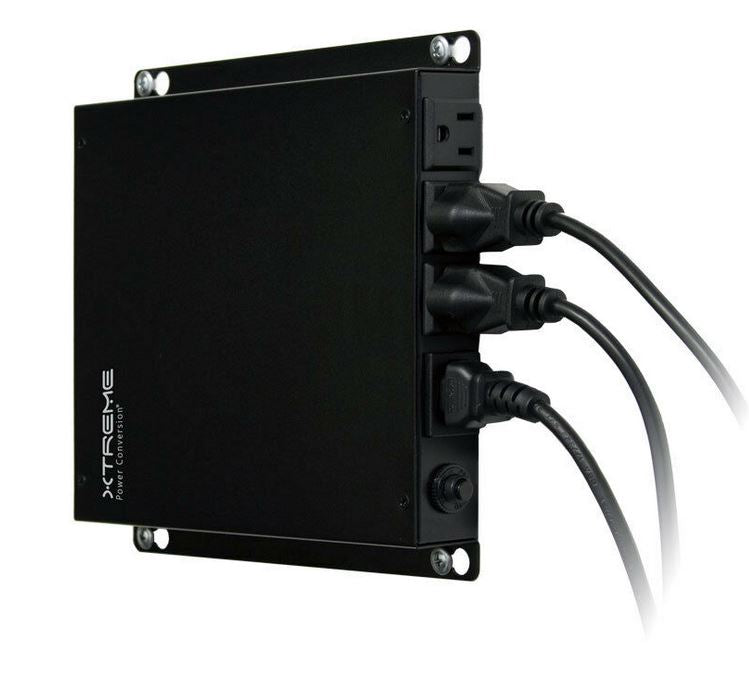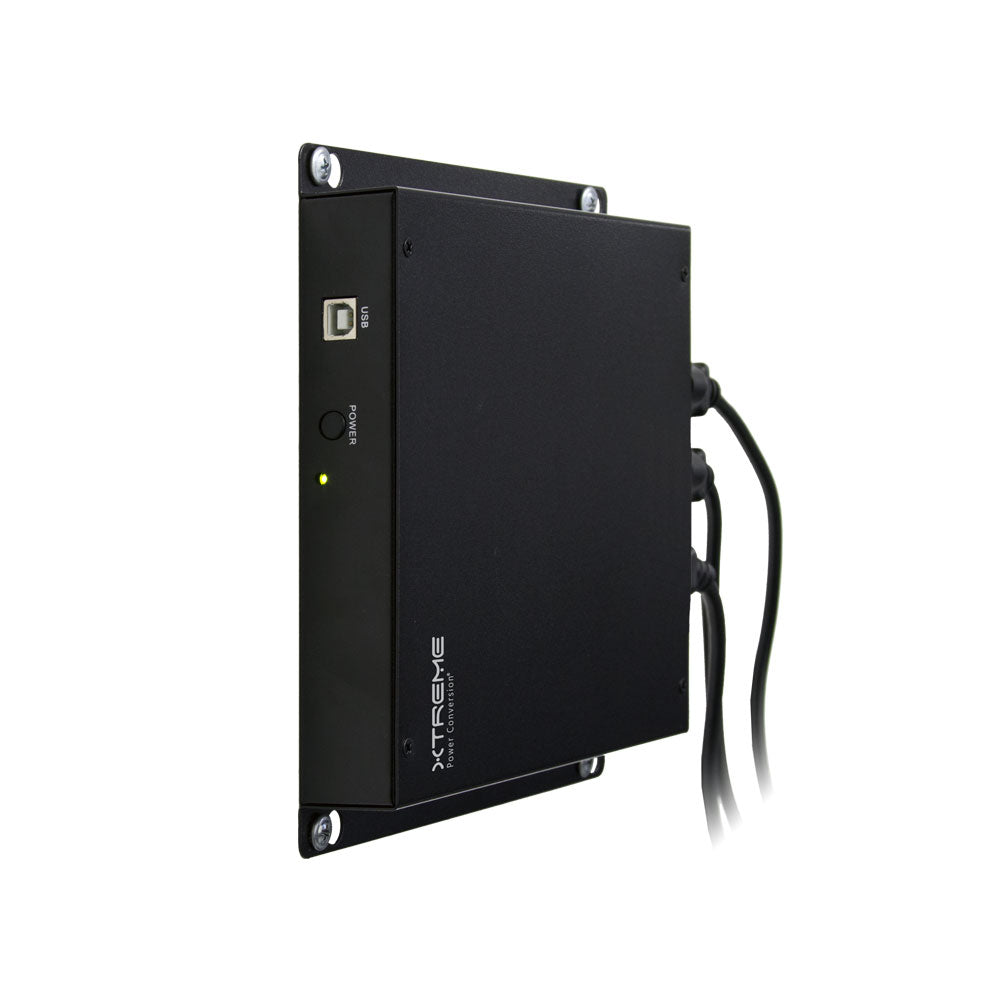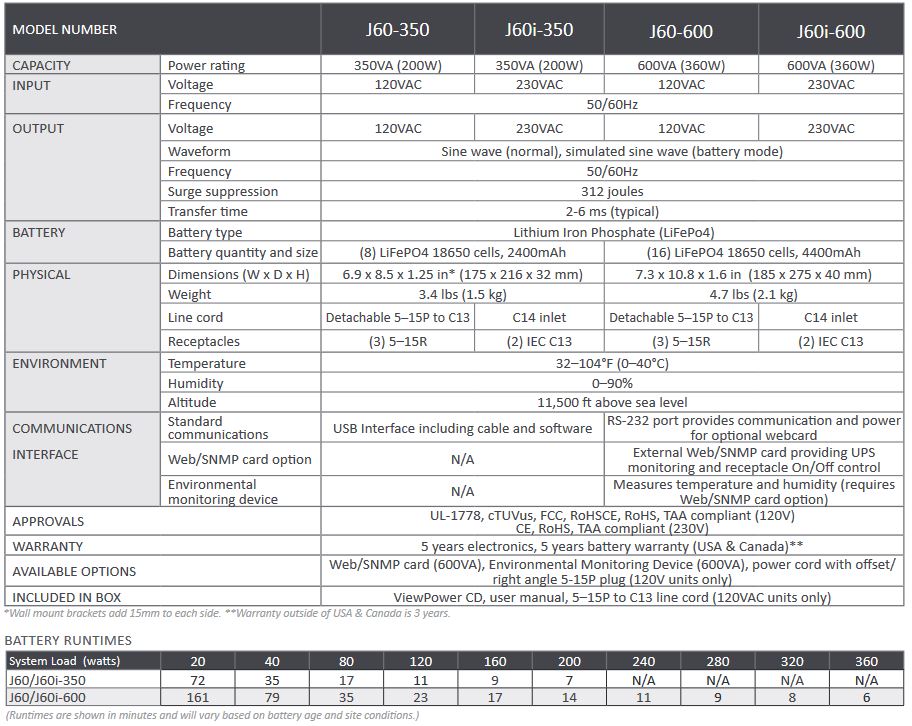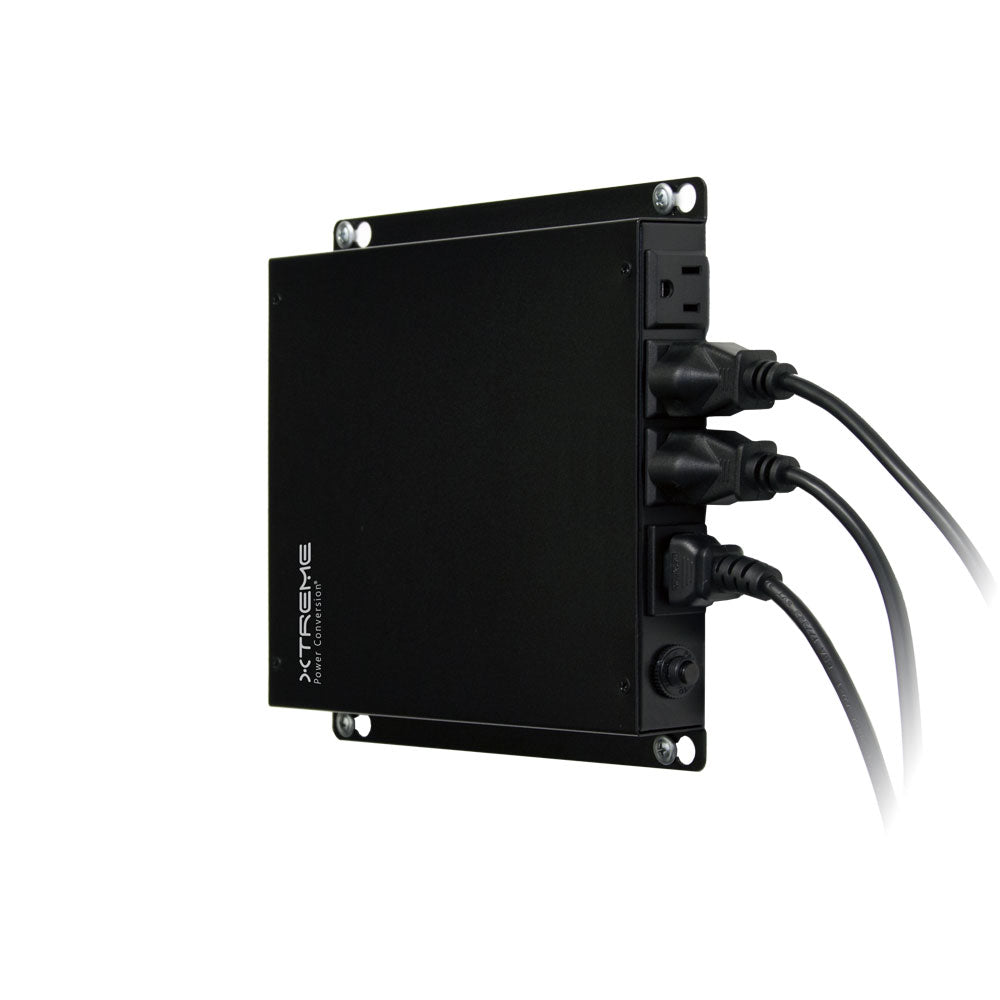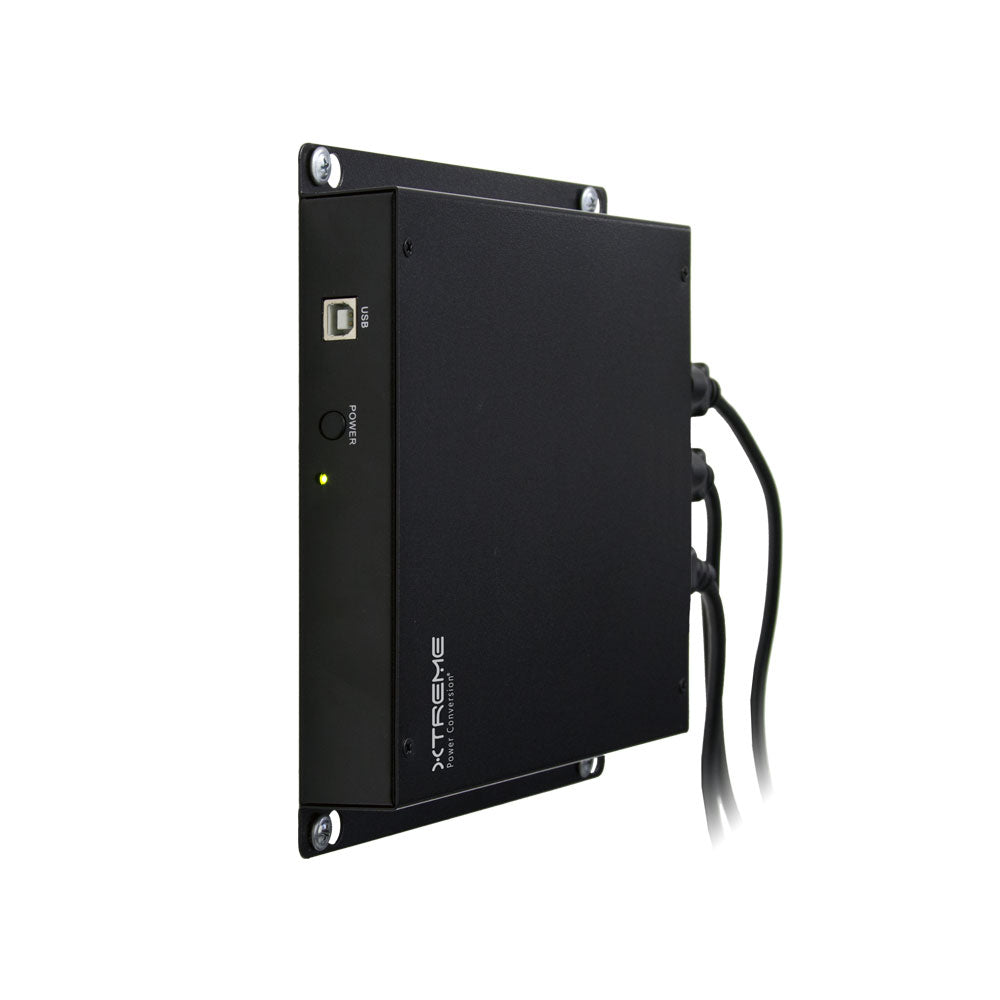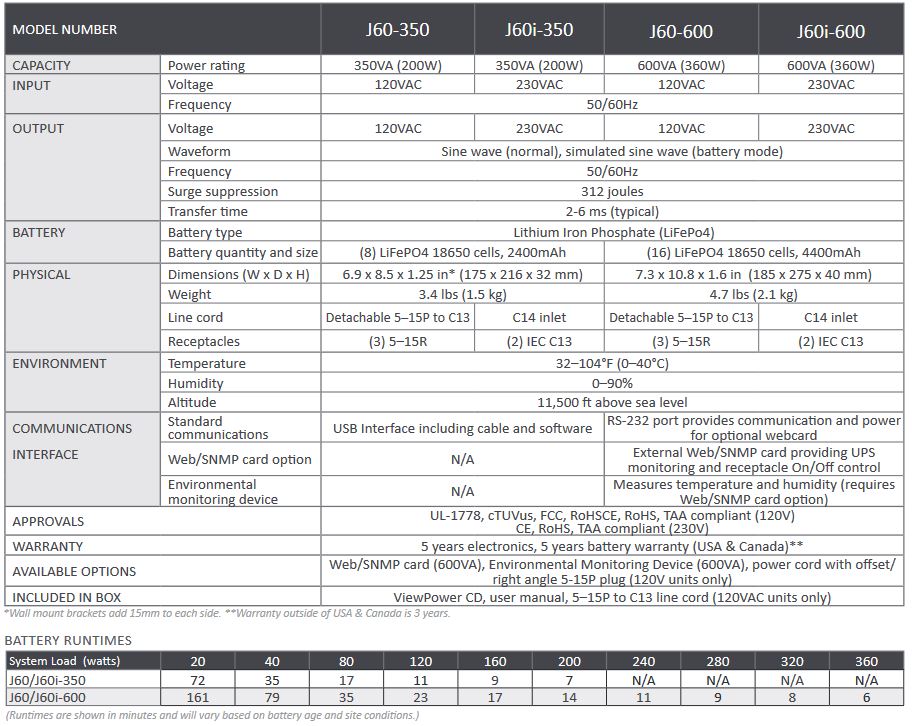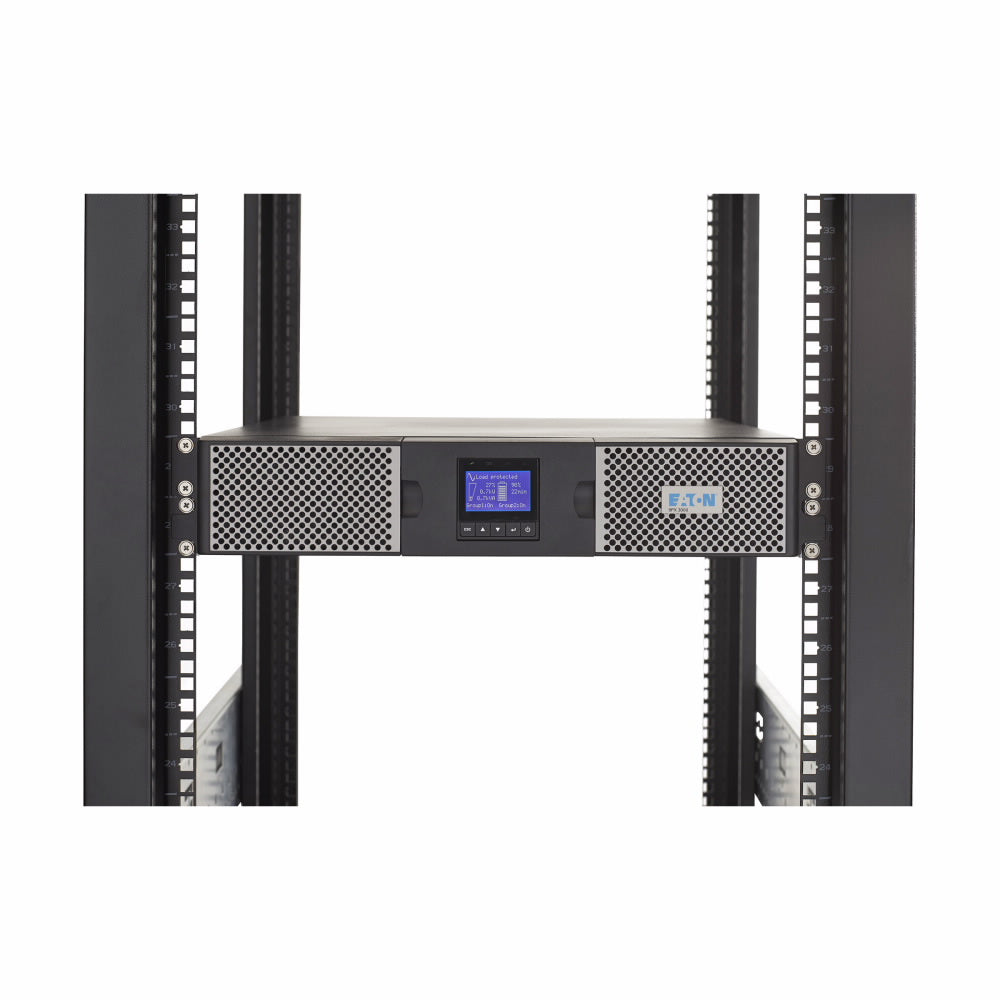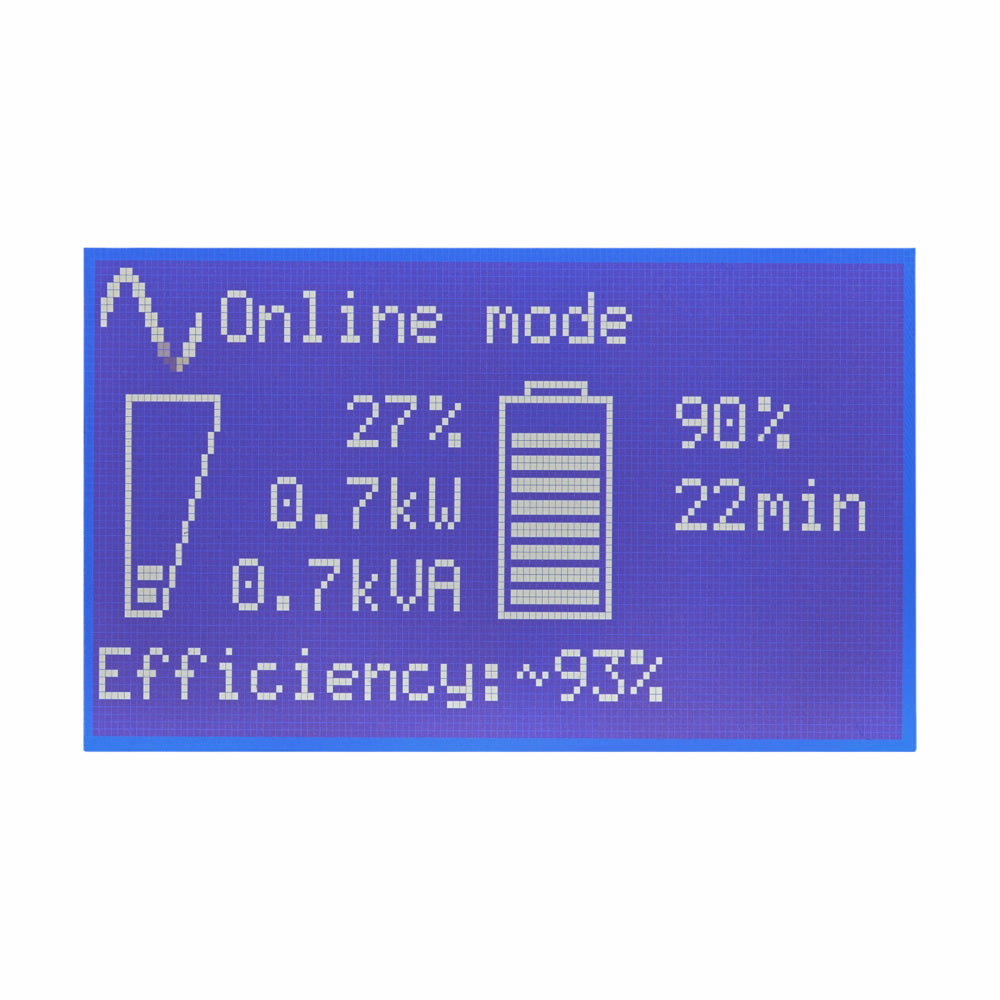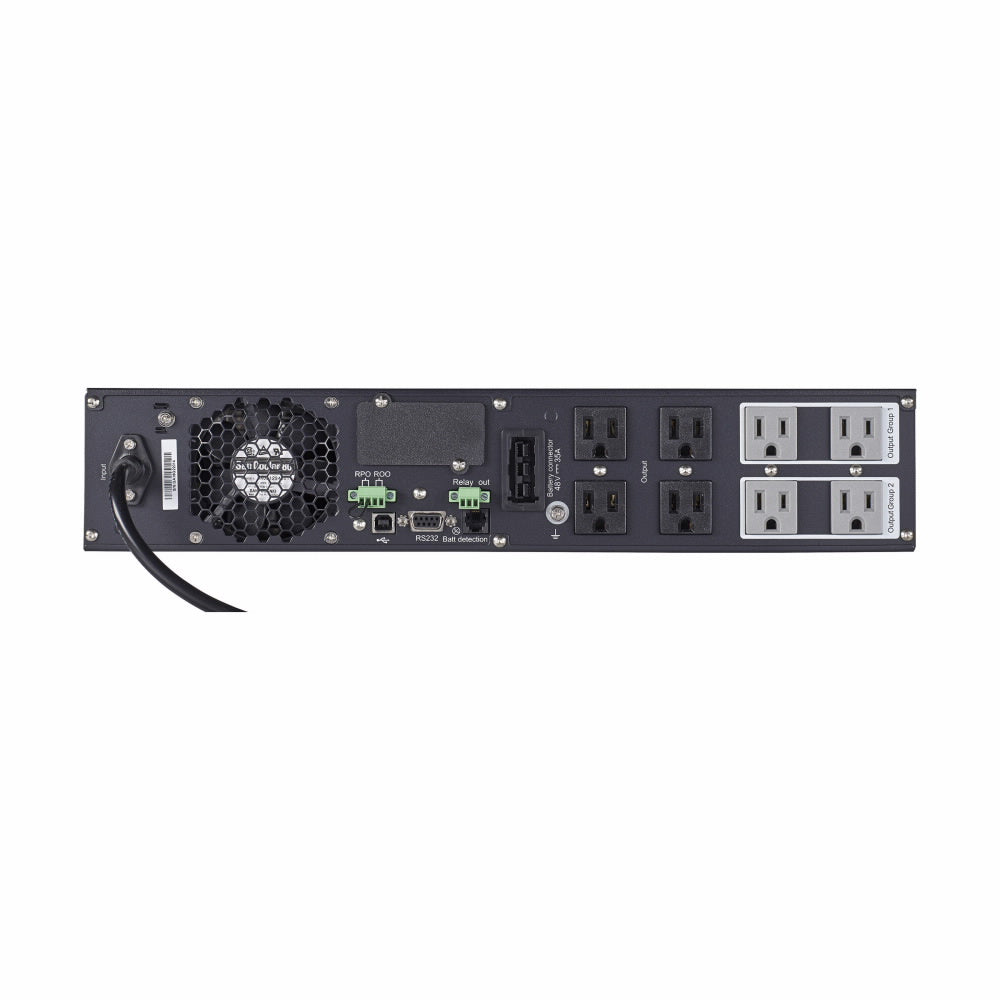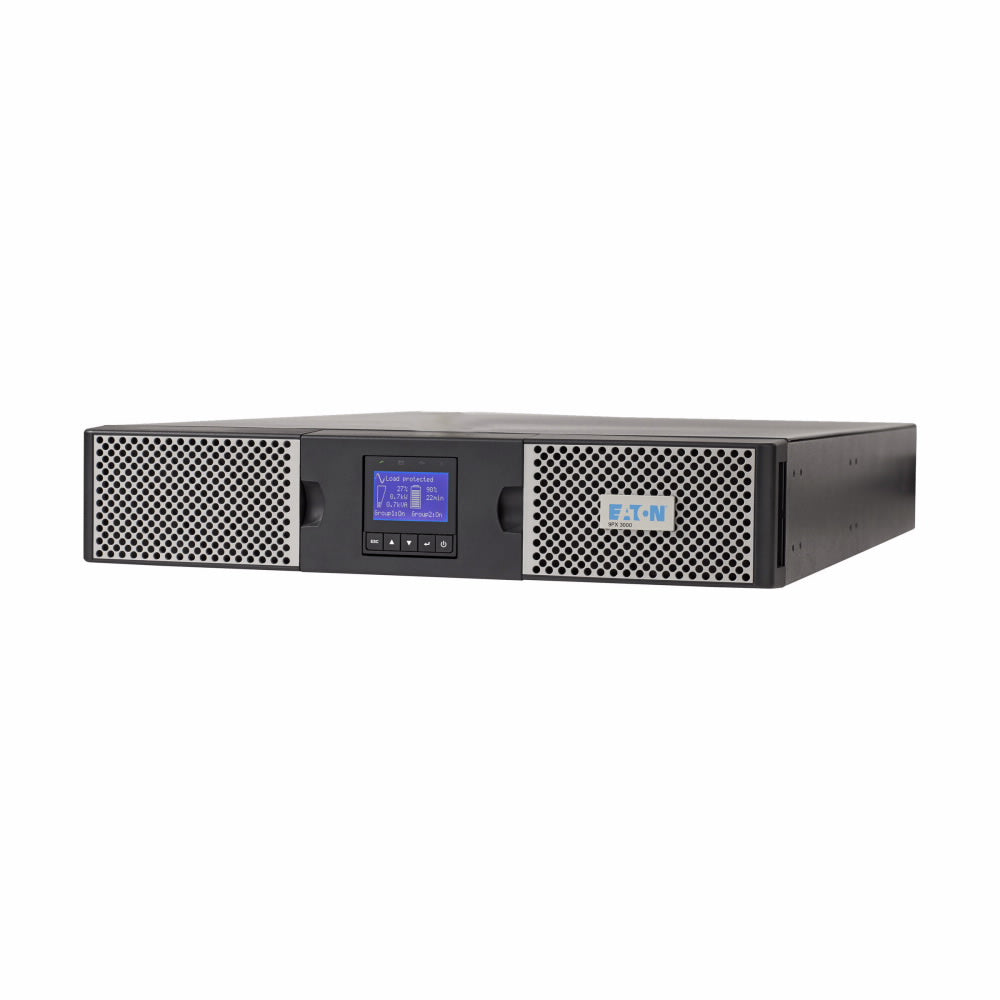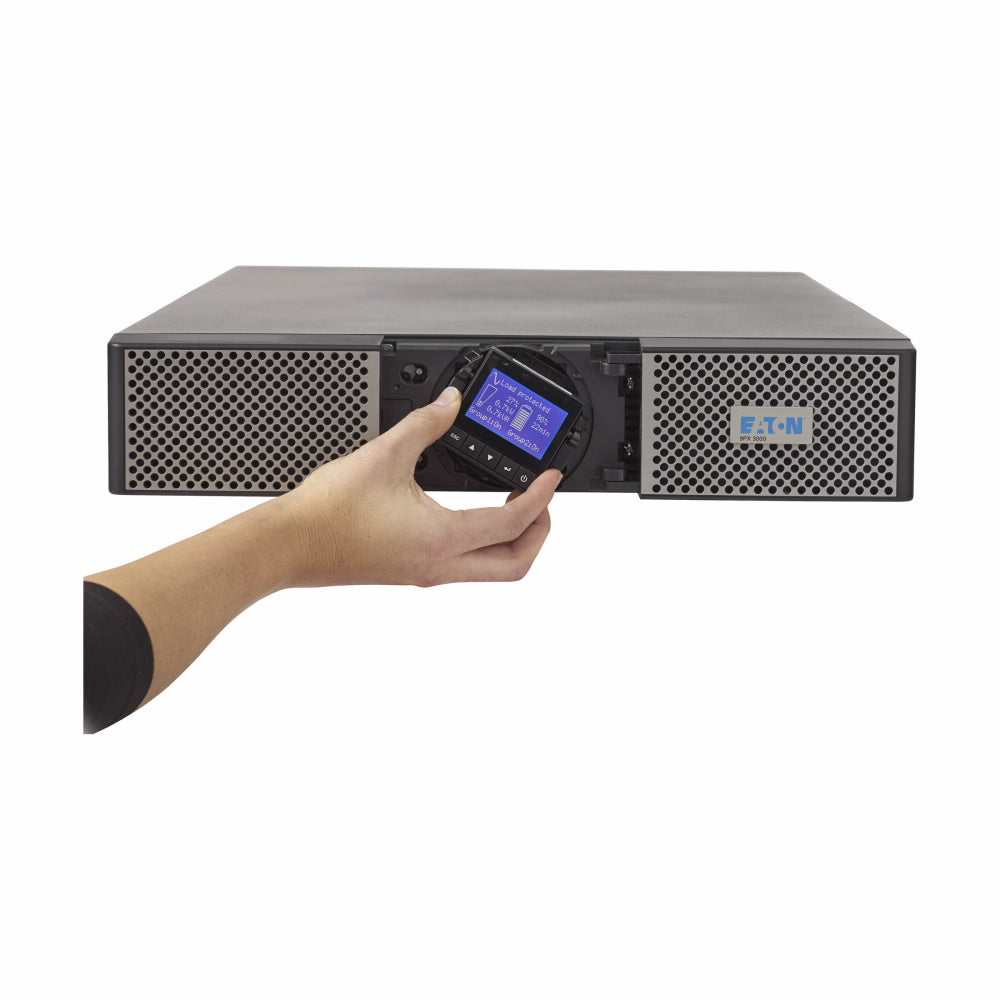Summer is just around the corner, and hot temperatures are coming with it. Summer is the time to think about shorts, popsicles, and the environment of your UPS system.
During the summer season, to conserve the life expectancy of a UPS system, it’s best to ensure that the system is in an optimal environment. There are certain characteristics that an area must meet for it to be classified as a UPS system’s optimal environment. Those characteristics are temperature-controlled, minimal moisture, free of dust accumulation, and lastly, an area that is free from exposure to corrosive fumes. While all these characteristics are important to maintain, the one that becomes crucial to supervise in the summertime is temperature control. With the hot weather, it is important to keep your UPS in an ideal climate.
Ideal Environment for your UPS System
There are various types of batteries that power UPS systems, the two most common being valve-regulated lead-acid (VRLA) and lithium-ion battery technology. Both have very distinguishing temperature tolerances. For instance, a VRLA-powered UPS system can withstand up to 77°F. Any temperature past 77°F and the life expectancy of the UPS would begin to decline drastically. In comparison, a UPS system that is powered by lithium-ion battery technology can withstand up to 104°F before its life expectancy would begin to diminish. Additionally, a lithium-ion-powered UPS system can withstand higher temperatures but can still be at threat when put in the wrong environment. It is best to have your battery backup system prepared for any irregularly high temperatures that it may face while sitting in an electrical room, network closet, data center, or area that lacks air conditioning.
How to be Prepared
To keep your UPS system’s life expectancy from depleting during this summer’s heat, ensure you have your critical power system in a temperature-controlled room or a room with air conditioning. If you are unsure of the recommended climate for your critical power system, refer to the systems manufacturer’s requirements.




